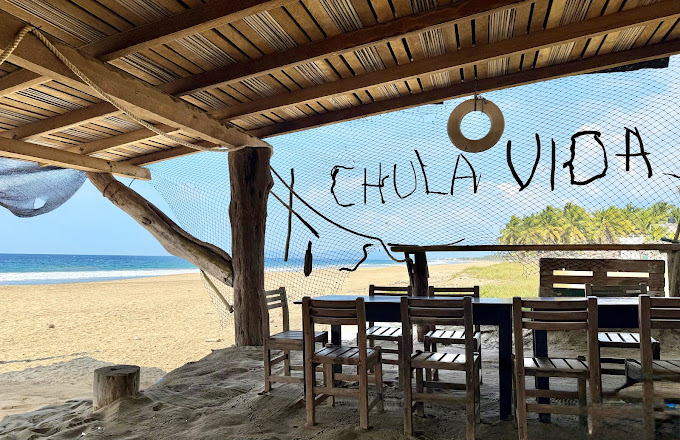The Piñata, a Cherished Tradition in Mexican Culture and it is an integral part of Mexican life, representing joy, celebration, and unity.
This colorful object, often shaped like a star or an animal, is filled with candies, toys, and other surprises, and then broken open during special occasions like birthdays, Christmas, and religious holidays. Despite the changes in modern life and the influence of globalization, the Piñata has remained a cherished tradition that brings families and communities together, reminding them of their shared identity, values, and heritage.
The History of the Piñata: From China to Mexico
The origins of the Piñata can be traced back to China, where paper lanterns filled with seeds were used during the New Year celebrations. The idea of hitting a hanging object to obtain its contents then spread to Europe, where the Piñata became associated with the Catholic Church and the practice of Lent. The traditional Piñata had seven points, representing the seven deadly sins, and was decorated with bright colors and religious symbols. When it was broken, the candies and toys inside symbolized the blessings of God and the triumph over temptation.
In Mexico, the Piñata was introduced by the Spanish missionaries in the 16th century, as a way to attract and convert the indigenous people to Christianity. However, the Piñata soon became a fusion of the European and the Native American traditions, taking on different shapes and meanings depending on the region, the culture, and the occasion. For example, in some areas, the Piñata is made of clay, while in others, it is made of paper mache or even recycled materials. Some Piñatas are shaped like animals, while others are designed to resemble political figures or popular cartoon characters. The only constant element is the joy and excitement that the Piñata brings to people of all ages.
The Symbolism of the Piñata: More Than Just a Game
The Piñata is more than just a game or a way to get free candy. It has deep symbolic meaning that reflects the Mexican culture’s values and worldview. The act of hitting the Piñata represents the struggle against evil and the quest for happiness. The blindfolded person who tries to hit the Piñata with a stick represents the human condition of being lost and confused, while the people who sing and cheer represent the supportive community that helps us overcome our challenges. The candies and toys inside the Piñata symbolize the rewards of perseverance and the sweetness of life. Moreover, the Piñata is a way to honor and celebrate the diversity of Mexican culture, as each Piñata can be customized according to the local traditions, stories, and beliefs.
The Piñata in Modern Times: An Ever-Evolving Tradition
The Piñata has survived and adapted to the changing times, becoming not only a beloved tradition but also a thriving industry. Today, Piñatas are sold in stores, online, and in street markets, offering a wide variety of styles, sizes, and themes. People can even order custom-made Piñatas to match their preferences or to promote their businesses. The Piñata has also gained popularity outside of Mexico, becoming a cultural icon that represents fun, creativity, and inclusivity. The Piñata has been featured in movies, TV shows, and commercials, inspiring people from all over the world to learn more about Mexican culture and to appreciate its rich heritage.
Conclusion: The Piñata, a Bridge between the Past and the Future
In conclusion, the Piñata is not just a fun and colorful object but a powerful symbol of Mexican culture’s resilience, creativity, and community spirit. The Piñata connects people from different generations, social classes, and






